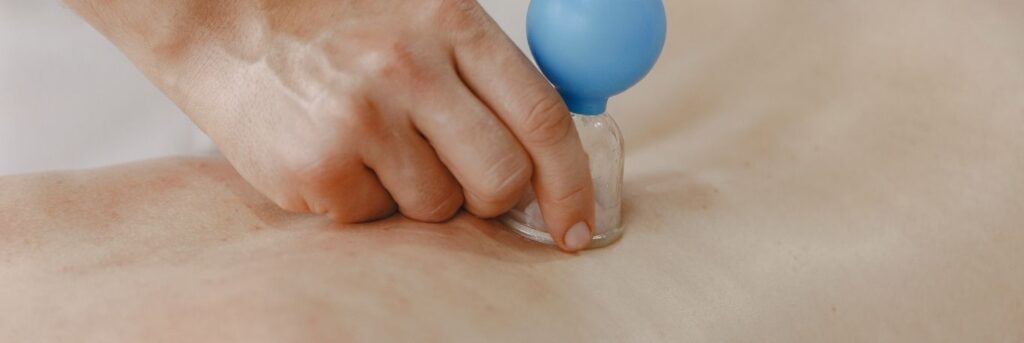Hijama – The Ancient Healing Therapy Making a Modern Comeback

In a world increasingly drawn to holistic and natural health practices, Hijama stands out as a powerful, time-tested therapy that is regaining global attention. Also known as wet cupping, Hijama is deeply rooted in prophetic medicine and offers a wide range of physical and spiritual benefits.
What Is Hijama?
Hijama is a traditional form of cupping therapy that involves creating suction on the skin using cups, followed by small, superficial incisions to draw out stagnant blood and toxins. The term “Hijama” comes from the Arabic word “hajm,” which means “to suck.”
Unlike dry cupping, which uses suction alone, Hijama combines both suction and controlled bleeding to cleanse the blood and body.
The Sunnah Connection
Hijama is not just a wellness practice; it holds significant spiritual value in Islam. It is a Sunnah of the Prophet Muhammad (peace be upon him), who recommended it for healing and maintenance of health.
“The best treatment you can use is cupping (Hijama)…” – Sahih al-Bukhari
Many Muslims perform Hijama on specific days of the lunar month, such as the 17th, 19th, or 21st, in accordance with prophetic guidance.
Health Benefits of Hijama
People choose Hijama for a wide range of therapeutic and wellness purposes, including:
✅ Pain relief – For migraines, back pain, arthritis, and muscle tension
✅ Detoxification – Helps remove toxins and stagnated blood
✅ Improved blood circulation – Stimulates fresh blood flow
✅ Boosted immunity – Supports the body’s natural defenses
✅ Mental clarity – Reduces stress, fatigue, and brain fog
✅ Hormonal balance – Especially beneficial for women’s health
✅ Relief from chronic conditions – May assist in managing issues like hypertension, diabetes, and insomnia
What to Expect During a Hijama Session
- Consultation: A brief health screening and explanation of the process
- Suction Phase: Cups are placed on specific points to create suction
- Scarification: Tiny incisions are made with a sterile blade
- Extraction: Suction is applied again to draw out stagnated blood
- Aftercare: The area is cleaned and covered, and you’re given post-session guidance
Sessions usually last 30–45 minutes. Some redness or minor bruising is normal and usually fades within a few days.
Is Hijama Safe?
Yes—when performed by trained and licensed professionals, Hijama is safe and well-tolerated. The tools used are sterilized or disposable, and the procedure is done under hygienic conditions. Always choose a certified practitioner who follows proper safety protocols.
Who Should Try Hijama?
- Those suffering from fatigue, stress, or chronic pain
- Individuals with hormonal or immune imbalances
- Athletes or active individuals seeking muscle recovery
- Anyone seeking spiritual or Sunnah-based healing
- People looking for natural alternatives to medication
Final Thoughts
Hijama is more than just a therapy—it’s a holistic approach to healing that blends physical wellness with spiritual purification. Whether you seek relief from chronic health issues, want to detox your body, or follow the Sunnah for spiritual well-being, Hijama offers a powerful, natural solution.
Ready to experience the benefits of Hijama? Choose a qualified practitioner and take your first step toward healing the way nature—and tradition—intended.




